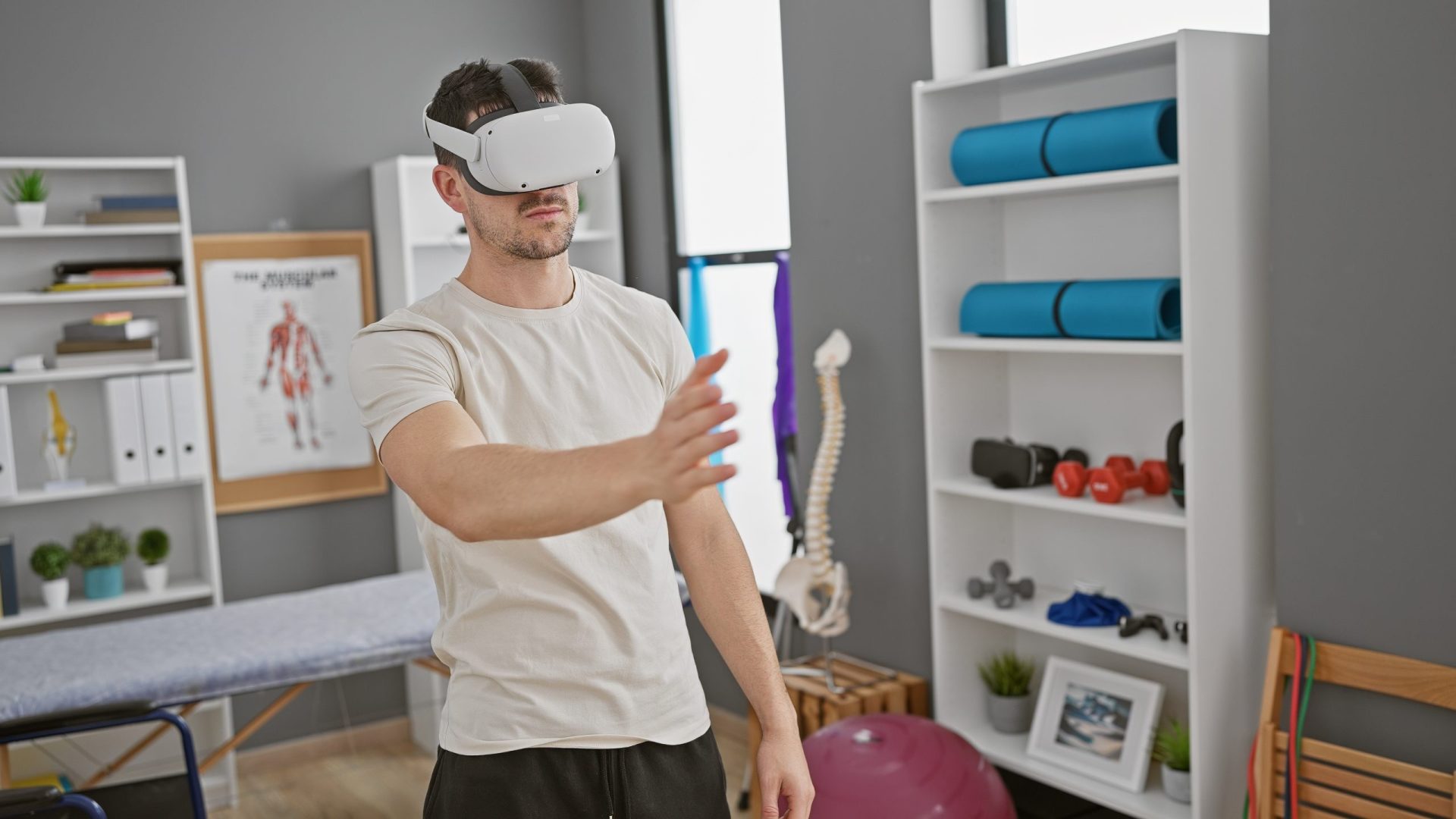
About 20% of Canadians suffer from chronic pain, which is pain that lasts for more than three months and may occur because of repetitive motion or a musculoskeletal or neurological injury. The pain may also persist even after its initial cause has been resolved.
In people with impaired motor function, like difficulty walking or performing manual tasks, health specialists often treat the impairment and the pain separately: the former with exercise and the latter with medication. But shouldn’t they be considered in tandem?
Catherine Mercier, professor at the École des sciences de la réadaptation at Université Laval and scientific director of the Centre interdisciplinaire de recherche en réadaptation et intégration sociale (Cirris), is seeking to answer the question by considering how the body processes pain to increase the effectiveness of rehabilitation strategies.
More specifically, she aims to better understand the pain caused by a brain dysfunction with no apparent cause, like fibromyalgia. She is also studying complex regional pain syndrome, which patients can develop after a fracture has healed.
Catherine Mercier and her team use virtual reality and a robotic system to encourage participants to move, for example by making assisted movements towards targets. They also test users’ perceptions as the system shows them virtual arms making exaggeratingly large or small movements, since science has shown that people who experience chronic pain misjudge their range of motion. For example, patients with back pain tend to overestimate their movements, believing they are more extensive than they actually are. Is this the body’s way of protecting itself? We still don’t know.
But despite their pain, the participants all made motor gains, and virtual reality has emerged as an avenue rehabilitation clinics should consider. The researcher and her team are currently assessing a slightly lighter system involving the use of a virtual reality headset that could eventually be implemented in private physiotherapy centres.
References :
Brun, C. et al. (2018). Exploring the Relationships Between Altered Body Perception, Limb Position Sense, and Limb Movement Sense in Complex Regional Pain Syndrome. The Journal of Pain, 20(1), 17-27. doi : 10.1016/j.jpain.2018.07.008
Brun, C., McCabe, C. S. et Mercier, C. (2020). The Contribution of Motor Commands to the Perturbations Induced by Sensorimotor Conflicts in Fibromyalgia. Neuroscience, vol. 434, 55-65. doi : org/10.1016/j.neuroscience.2020.03.017
Dagenais, M. et al. (2021). Virtual Reality in Fibromyalgia: Does Altering Visual Feedback Impact on Pain and Movement During Reaching? Frontiers in Virtual Reality, tome 2, 681034. doi : org/10.3389/frvir.2021.68103
